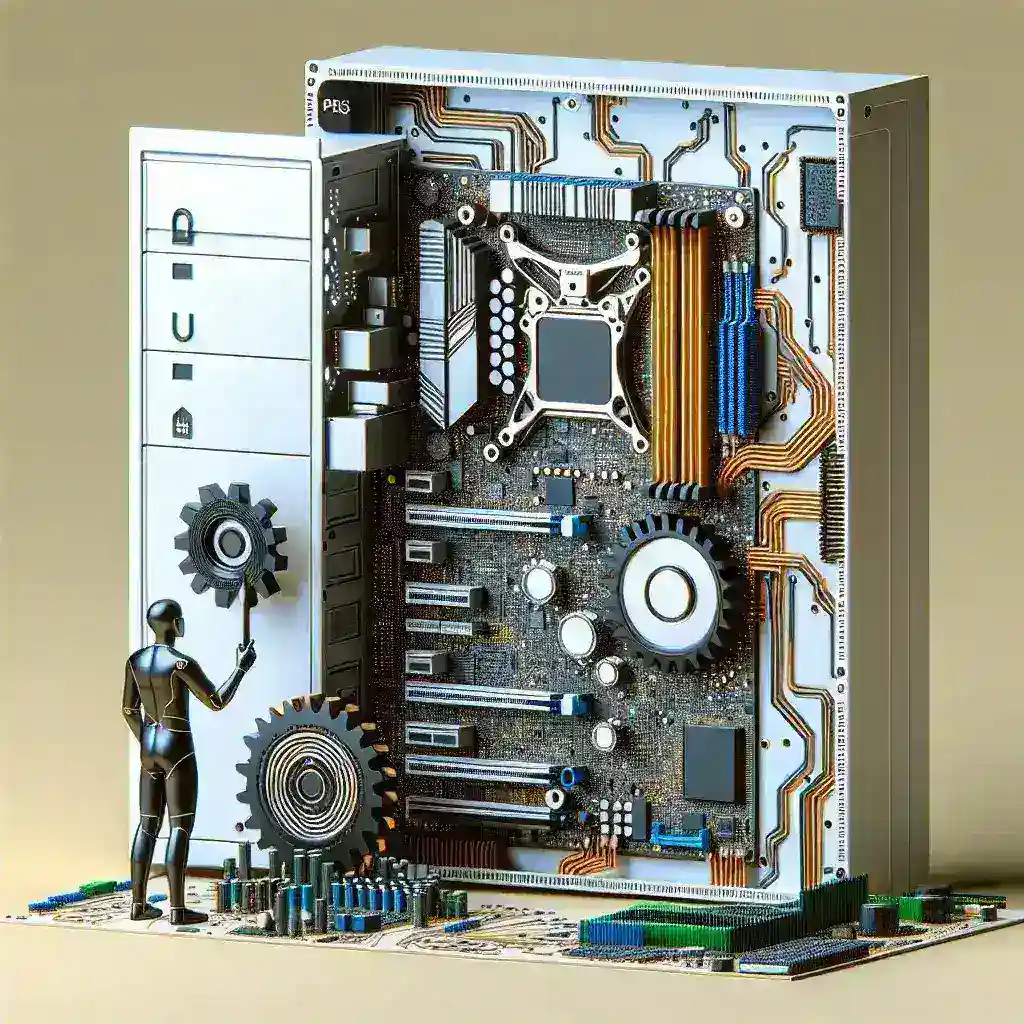Setting up and configuring BIOS (Basic Input/Output System) or UEFI (Unified Extensible Firmware Interface) for the first time can be a daunting task, especially for beginners. This guide aims to simplify the process by providing clear, step-by-step instructions to help you get started. Whether you want to optimize system performance, enable specific features, or ensure system stability, understanding how to configure these settings is crucial.
Understanding BIOS vs. UEFI
Before diving into the setup process, it’s essential to understand the difference between BIOS and UEFI. These are the firmware interfaces between your operating system and your computer’s hardware.
| Feature | BIOS | UEFI |
|---|---|---|
| Boot Mode | Legacy | Modern |
| Interface | Text-based | Graphical |
| Support for Drives | Up to 2.2 TB | More than 2.2 TB |
| Speed | Slower | Faster |
| Security | Basic | Advanced (Secure Boot) |
How to Access BIOS/UEFI
Accessing BIOS/UEFI largely depends on the manufacturer of your motherboard. Here are common steps:
- Restart your computer or turn it on.
- As the computer starts up, press the designated key to enter BIOS/UEFI. Common keys include F2, F10, Del, and Esc. The key may vary depending on your motherboard.
- If successful, you’ll be taken to the BIOS/UEFI interface.
Essential Settings to Configure First
Once inside the BIOS/UEFI interface, you’ll need to configure several critical settings:
Date and Time
Ensure the system date and time are accurate. Incorrect date and time settings can cause various issues, including software malfunctions and incorrect system logs.
Boot Order
The boot order determines which device your computer tries to boot from first. For optimal performance, set your primary SSD or HDD as the first boot device:
- Navigate to the Boot or Boot Order section.
- Use the arrow keys or drag-and-drop functionality to set your primary drive as the first boot device.
Secure Boot
Secure Boot is essential for protecting your system from unauthorized software during the boot process. If you use a modern operating system like Windows 10 or 11, enabling Secure Boot is recommended:
- Go to the Security or Boot tab.
- Locate the Secure Boot option and enable it.
Enable XMP (Extreme Memory Profiles)
If you have high-performance RAM, enabling XMP can unlock its full potential:
- Navigate to the Ai Tweaker or Advanced tab.
- Locate XMP Profile and set it to Profile 1 or Enabled.
Advanced Settings for Performance Optimization
After configuring the essential settings, you can tweak advanced settings to further optimize your system:
CPU Configuration
Under the CPU section, you can adjust settings related to cores, threads, and turbo boost. It’s often best to leave these settings to their default values unless you know what you’re doing.
Fan Settings
Proper fan settings ensure your system remains cool under load. Configure the fan settings under the Hardware Monitor or Fan Control section:
- Choose a fan profile (Silent, Standard, Performance, or Full Speed) that best suits your needs.
Overclocking
Overclocking can significantly improve your system’s performance but it comes with risk. Always proceed with caution:
- Find the Ai Tweaker or Overclocking section.
- Adjust CPU Frequency, Voltage, and other related settings as needed.
Saving and Exiting
After configuring all your settings, make sure to save the changes:
- Navigate to the Exit tab or press the designated key (usually F10).
- Select ‘Save Changes and Exit’ to apply the new settings.
Troubleshooting Tips
If you encounter issues, these troubleshooting tips may help:
- Reset to Default: If your system is unstable, resetting BIOS/UEFI to its default settings can resolve the issue. Look for an ‘Load Defaults’ option.
- Update Firmware: Updating your BIOS/UEFI to the latest version can fix bugs and add new features. Visit the manufacturer’s website for updates.
- Check Connections: Ensure all hardware components are securely connected.
Conclusion
Configuring BIOS/UEFI for the first time can be a complex task, but following this comprehensive guide will help you set up your system for optimal performance and stability. Always ensure to make small changes, reboot, and verify the system remains stable to avoid potential issues. Properly configured BIOS/UEFI settings are foundational for a smooth and efficient computing experience.

